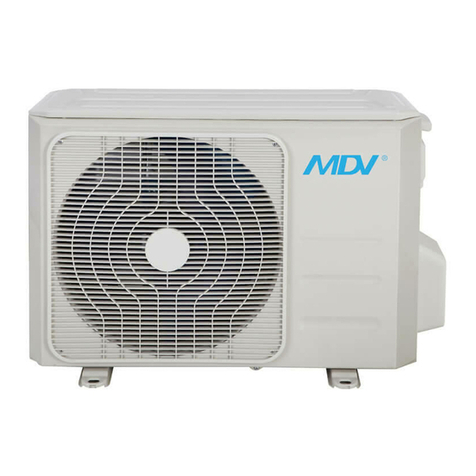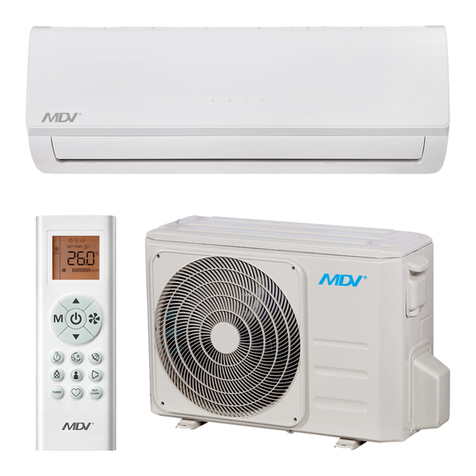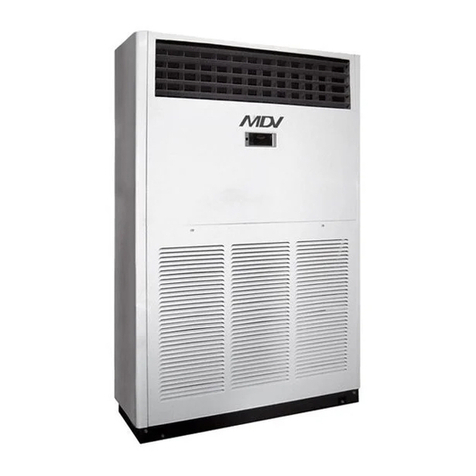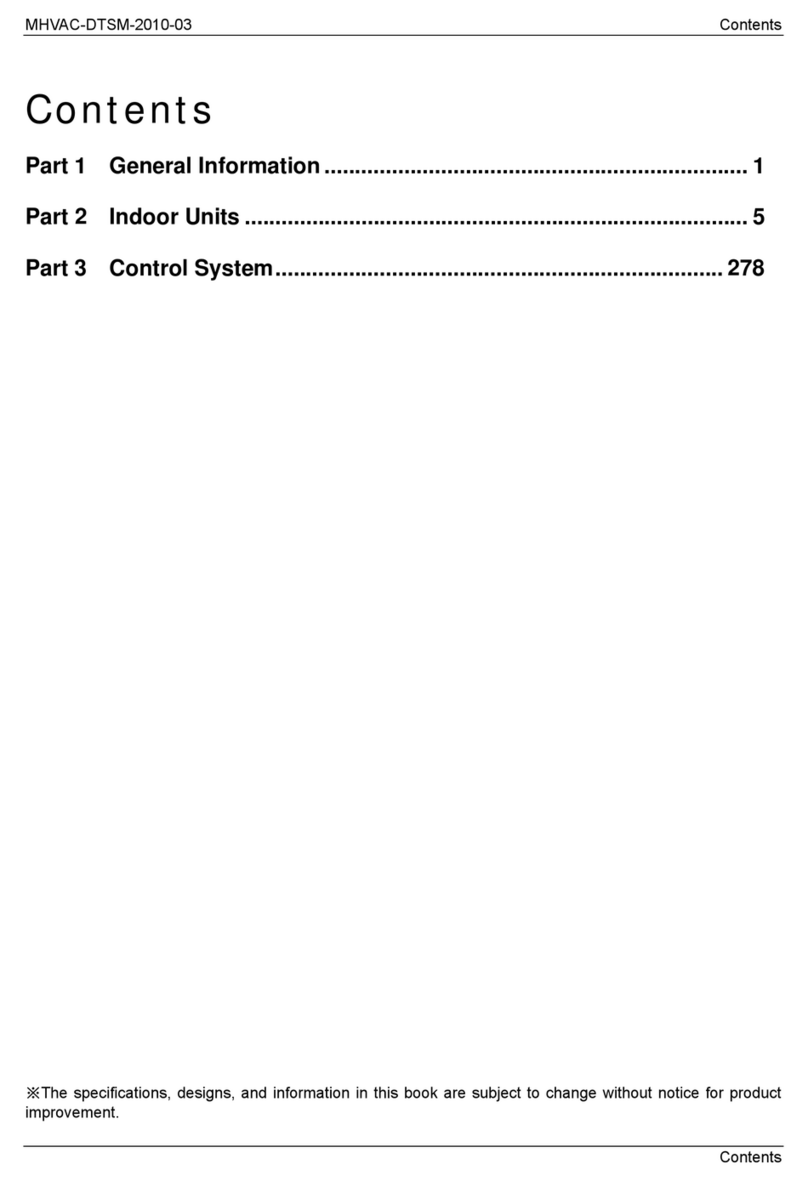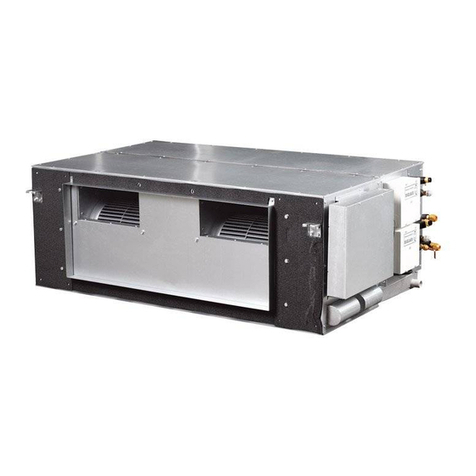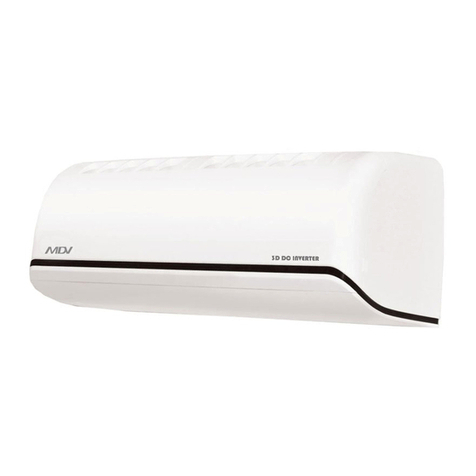CONTENTS
1. Safety Precautions.............................................................................................................. 1
1.1 Precaution.............................................................................................................................. 1
1.2 Installation.............................................................................................................................. 1
1.3 Caution .................................................................................................................................. 1
1.4 Operational............................................................................................................................ 2
2. Dimension ............................................................................................................................ 3
2.1 Indoor Unit.................................................................................................................................. 3
2.2 Outdoor Unit............................................................................................................................... 4
3.Refrigerant cycle diagram.................................................................................................. 5
3.1Heat pump mode......................................................................................................................... 5
4 . Wiring diagram ........................................................................................................................ 6
4.1 MFS2i-24ARN1.......................................................................................................................... 6
4.2 MFS2i-48ARN1........................................................................................................................ 7
5.Installation details................................................................................................................... 8
5.1 Installation place......................................................................................................................... 8
5.2 Installing ..................................................................................................................................... 9
5.3 Refrigerant pipe connection..................................................................................................... 12
5.4 Drain Pipe of The Indoor Unit................................................................................................... 23
5.5 Wiring ....................................................................................................................................... 24
5.6 TEST RUN................................................................................................................................ 24
6.External view and display.................................................................................................... 25
6.1 External view............................................................................................................................ 25
6.2 CONTROL PANEL ................................................................................................................... 26
7.Operation characteristics....................................................................................................... 26
8.Electronic function.................................................................................................................. 27
8.1 Main data Introduction......................................................................................................... 27
8.2 Operation Modes and Functions......................................................................................... 27












